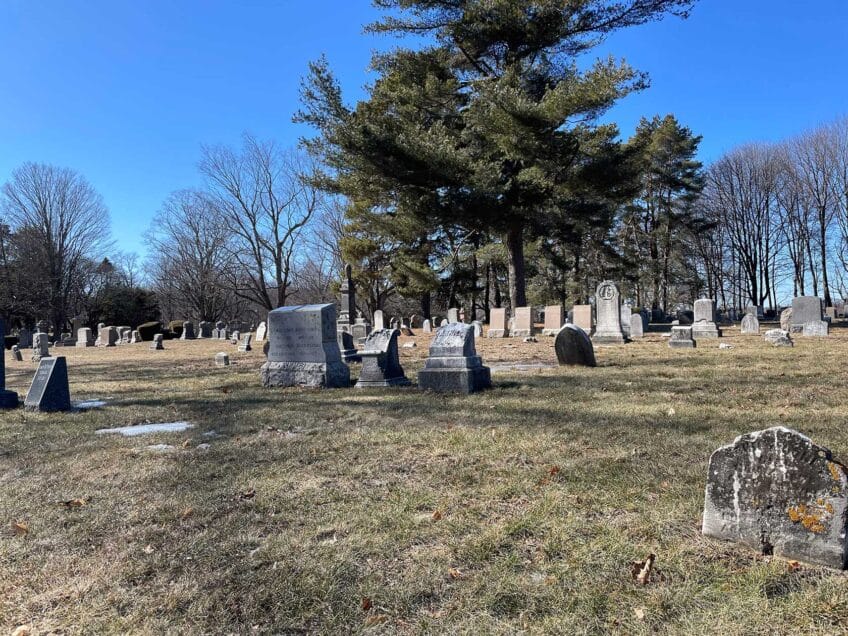Why is that tower there?
Roxbury landmark was part of neighborhood’s 19th century water infrastructure

You can see its pointed, pencil-shaped top from Columbus Avenue and Ruggles Street, from Roxbury Crossing and from Jackson Square.
The Standpipe is a brick and stone structure rising 133 feet above the ground. It sits right in the middle of Roxbury High Fort in the Highland Park section of Roxbury.
The Standpipe was built as a water tower in 1869. It was part of the water system to the Highland Park section of Roxbury and surrounding area for about ten years.
Inside this Gothic-style structure there was a high-pressure pipe, 80 feet high and 5 feet in diameter. A pump house (located at Elmwood and Roxbury Streets) forced water up to the Standpipe, where it was stored to feed water to households at high elevations.
The Standpipe is on the site of the historic Roxbury High Fort on Fort Avenue off Highland Street. The fort was one of several built by the American patriots around the British-occupied Boston during the country’s Revolutionary War.
In 1895, when the Standpipe was no longer needed, residents of Roxbury organized to have it converted into an observatory. In 1906 a committee appointed by the Roxbury Historical Society to remodel the tower called on then-Mayor Fitzgerald for funds. Fitzgerald sent a communication to the Board of Aldermen which said: “The location is one which has become dear to the public … by reason of the historical traditions surrounding it, and it will be an improvement to be enjoyed by the residents of the entire city.”
The view of Boston from the Standpipe balcony was magnificent and equaled that from atop the Bunker Hill Monument.
A version of this article was originally published in 1978.






